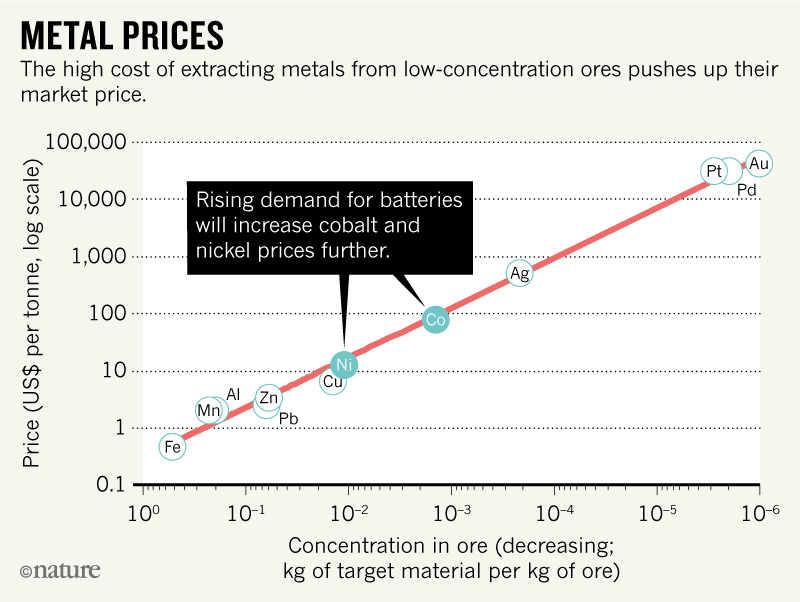From Barron's, July 24:

***
...1. The yield curve may not be signaling a weakening U.S. economy. While the short-end of the curve is mainly driven by Fed policy that reflects domestic economic strength, the long-term yields are increasingly influenced by the global bond market, explains Jonathan Golub, U.S. equity strategist at Credit Suisse. The near-zero yields on 10-year German bunds and Japanese JGBs, for example, make the U.S. 10-year Treasury look much more attractive on the international market and therefore lead to the rising price and lowering yields on the long end of the curve....MORE
At the same time, the U.S. Treasury is issuing fewer long-term notes and bonds than it used to in favor of short-term bills, writes Vincent Deluard at INTL FCStone Financial. Higher issuance means more supply, lower price, and higher yields for the short-term Treasuries. The narrowing yield spread might just be a result of the supply imbalance in the bond market rather than expectations about the economy, Deluard says.
2. There are no other signs of a looming recession. Historically, an inverted yield curve has always been accompanied by a group of other ominous signals before the economic downturn. But we are not seeing those yet this time. The year-over-year growth of the Leading Economic Index (LEI), which includes 10 major economic indicators such as unemployment claims, consumer confidence, manufacturers’ new orders, and stock price, has turned negative before every recession since the 1970s. The index is up by 5.8% compared to 12 months ago and certainly isn't sounding a recession alarm.
3. The Fed can keep the curve from inverting if it wants to. Traditionally, the long-end of the curve—the 10-year Treasury and out—is thought to indicate bond investors' long-term vision of the market, free from manipulation by central banks. That might not be the case any longer, writes INTL FCStone's Deluard. He argues that the slope of yield curve nowadays can be easily controlled by central banks' policy such as the Operation Twist and isn't the organic market indicator it once was. "The yield curve is no longer the careful judgment of wise long-term investors, but the Frankenstein-like creation of central bankers," Deluard explains....





